Top 12 Sculptures at the Uffizi Gallery
From Medici Venus to Nero’s portrait
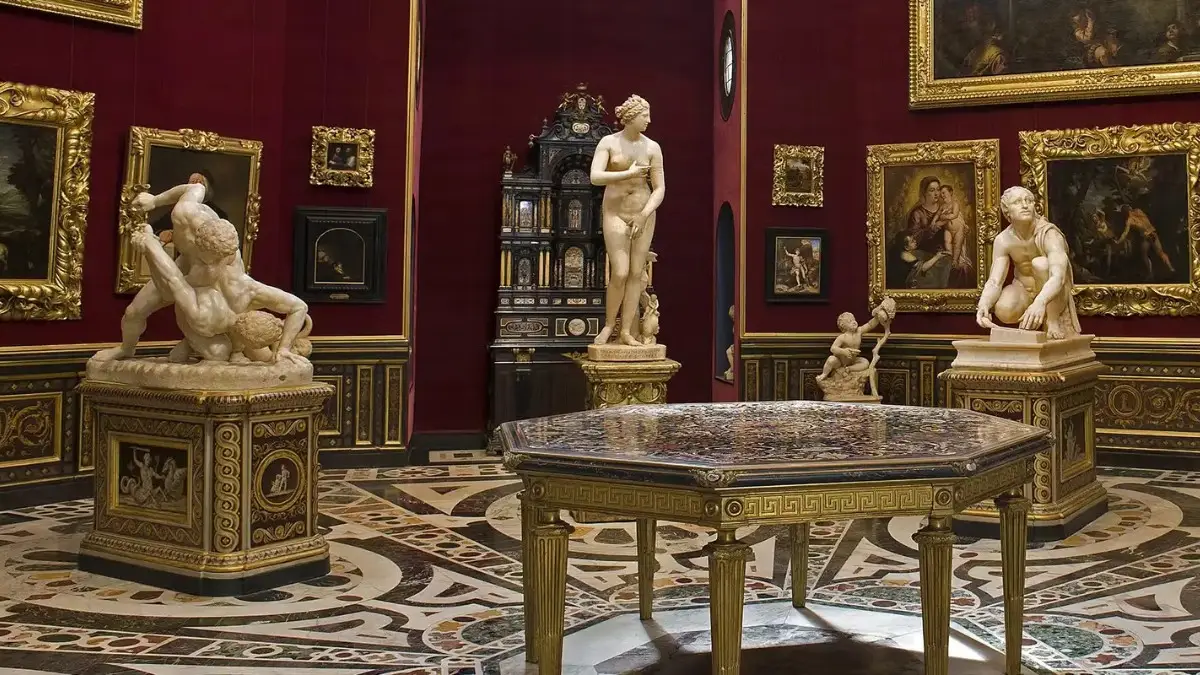
Planning a visit to the Uffizi Gallery? While it’s famous for its paintings, the gallery also has some truly amazing sculptures that are worth your time.
From graceful gods and heroic legends to lifelike portraits and everyday scenes, each piece tells a unique story.
In this list, we’ve picked 12 of the most stunning sculptures you shouldn’t miss. Whether you’re an art lover or just curious, these masterpieces will definitely catch your eye!
The Uffizi Gallery attracts over 3 million visitors annually, so booking in advance is a smart move. The Skip-the-Line ticket is the most popular and budget-friendly option. The Guided Tour ticket includes expert insights, while the Small Group Tour offers a more personal experience with fewer people.
Medici Venus
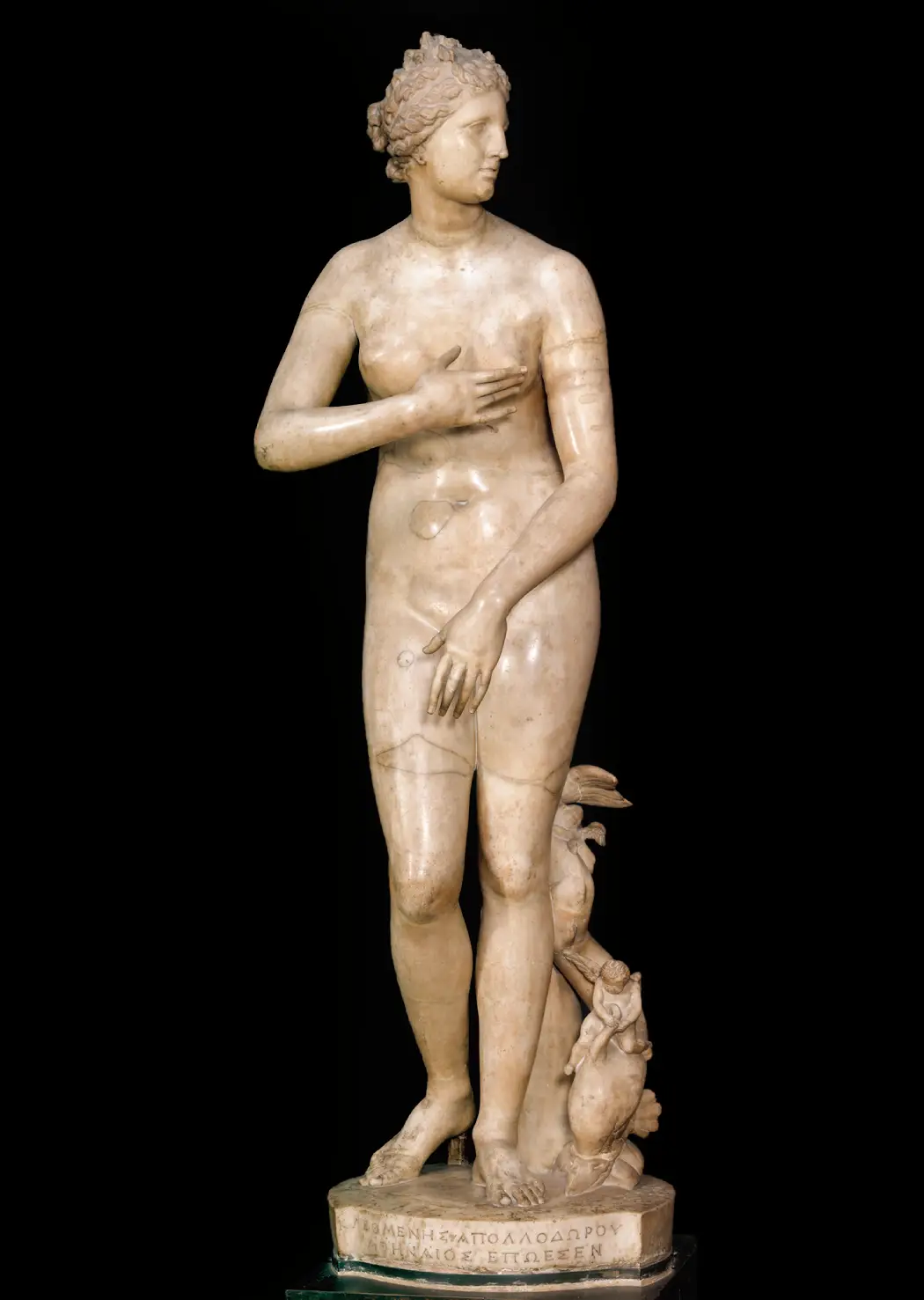
Date: Late 2nd century B.C. – Early 1st century B.C.
Size: 153 cm
Location: A16. Tribune
The Medici Venus is one of the most famous sculptures at the Uffizi Gallery. It’s a beautiful marble statue of the goddess Venus, standing gracefully as she covers herself in a modest pose. This artwork is a Roman copy of a Greek original and has been admired for centuries for its elegance and detail. When you see it up close, take a moment to notice the soft features and how lifelike the sculpture feels—it’s a true masterpiece of classical art.
The Two Wrestlers
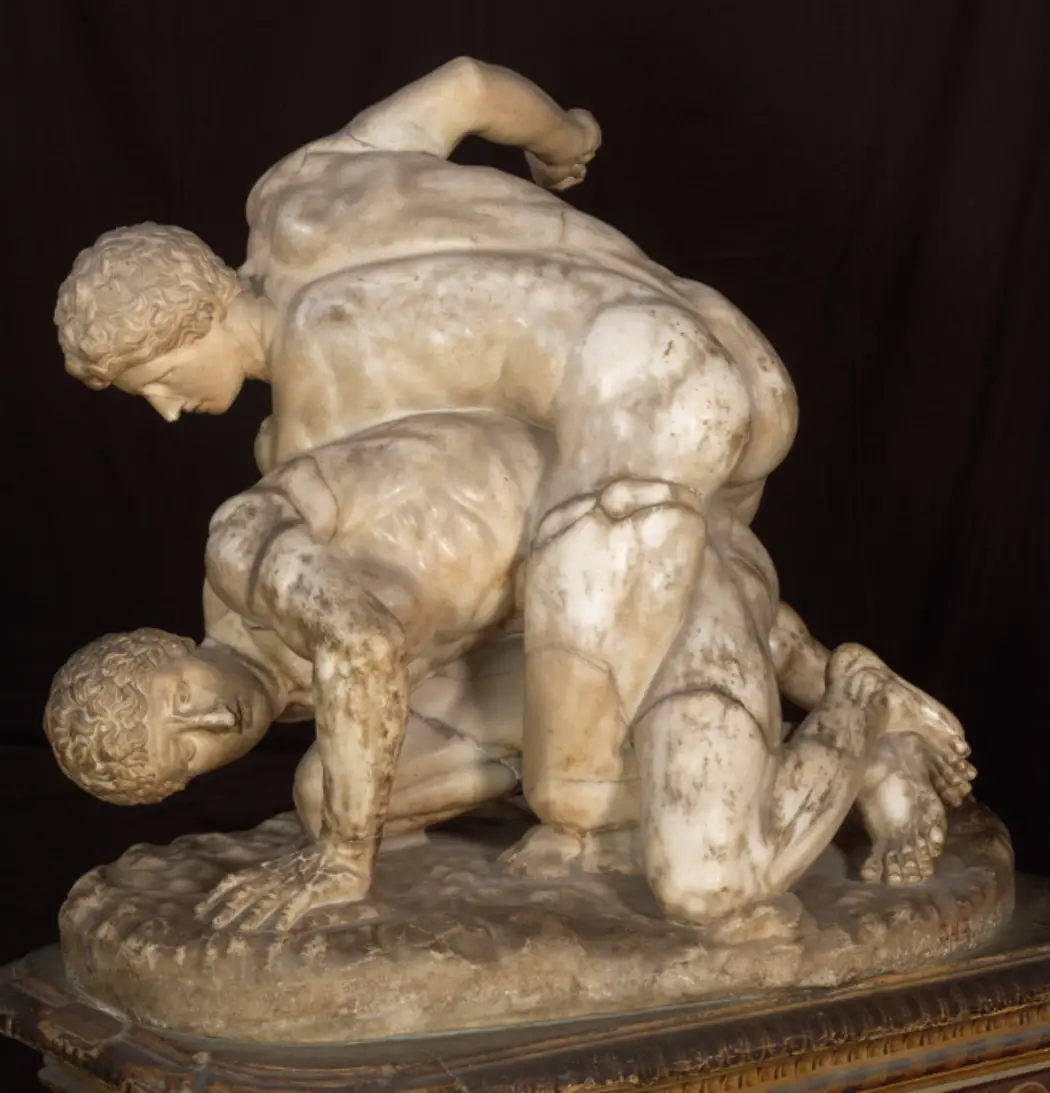
Date: First century A.D.
Size: 89 cm
Location: A16. Tribune
The Wrestlers is a striking Roman sculpture at the Uffizi Gallery. It shows two athletes locked in an intense wrestling match, frozen in motion. The details of their muscles and expressions make the scene feel incredibly real, like they’re about to move any second. It’s believed to be a Roman copy of a lost Greek original, showing the strength and skill valued in ancient sports. Don’t miss this powerful piece—it’s a great example of how Roman artists brought action and energy to life through stone.
Sarcophagus depicting the labours of Hercules

Date: 150 – 160 A.D.
Size: 68 cm
The Sarcophagus depicting the Labours of Hercules is a fascinating piece at the Uffizi Gallery. It shows scenes from the legendary hero Hercules’ twelve labours, all carved in amazing detail on a stone coffin. From slaying the Nemean lion to capturing the golden hind, each panel tells part of his story. It’s a great example of how ancient Romans used mythological stories to decorate important objects. Look at each scene—you’ll spot some incredible storytelling carved in stone.
Gaddi Torso
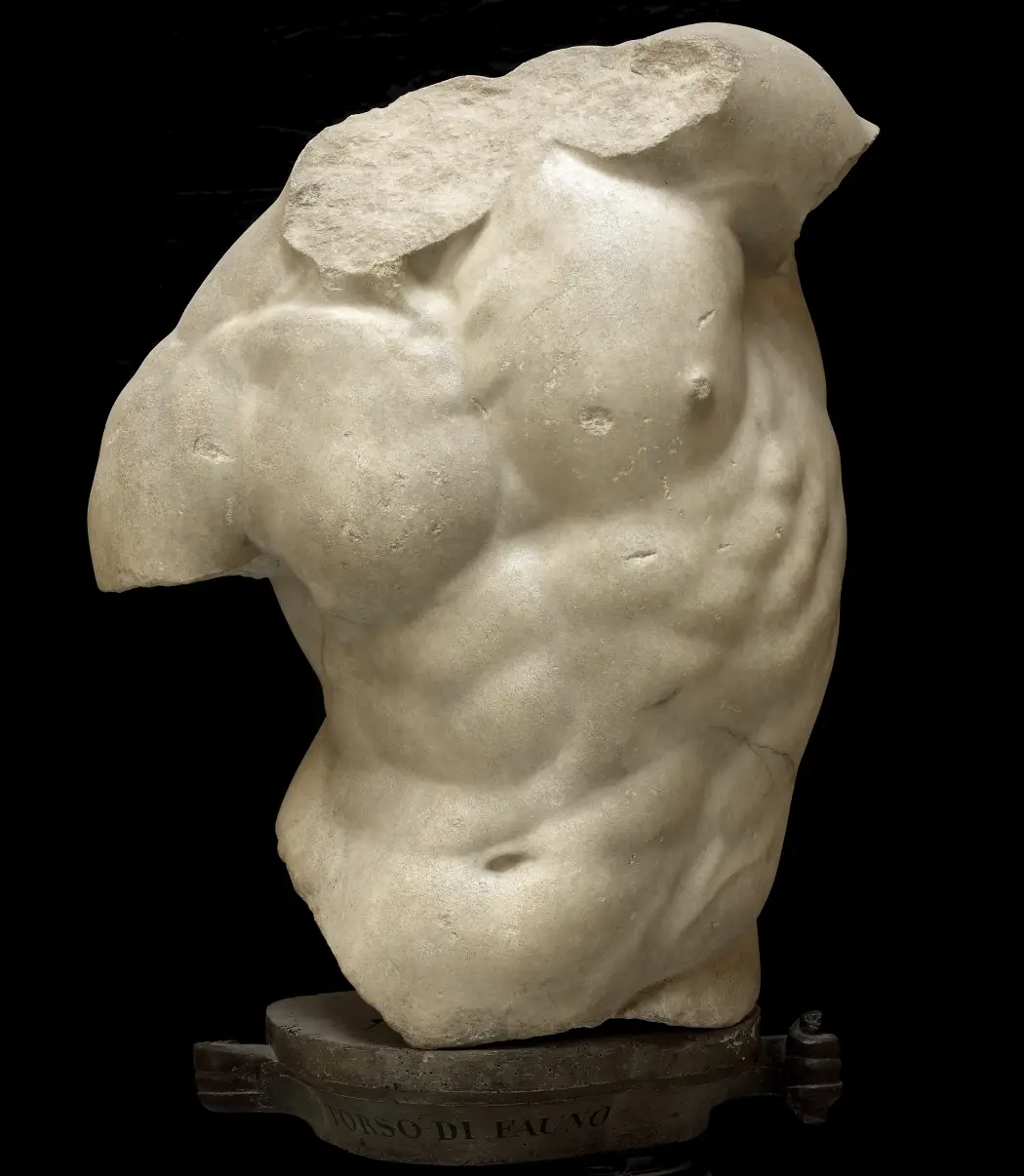
Date: 1st century B.C.
Size: 84 cm
Location: A37. The Cabinet of Ancient Marbles
The Gaddi Torso is a powerful and eye-catching sculpture at the Uffizi Gallery. Although it’s missing the head and limbs, the detailed carving of the muscular torso still impresses visitors today. This ancient Roman piece, likely inspired by a Greek original, shows how artists of the time studied the human body so closely. It’s a great reminder of how even broken sculptures can tell a story and showcase incredible skill. Be sure to take a close look at the texture and strength captured in the stone.
Pomona
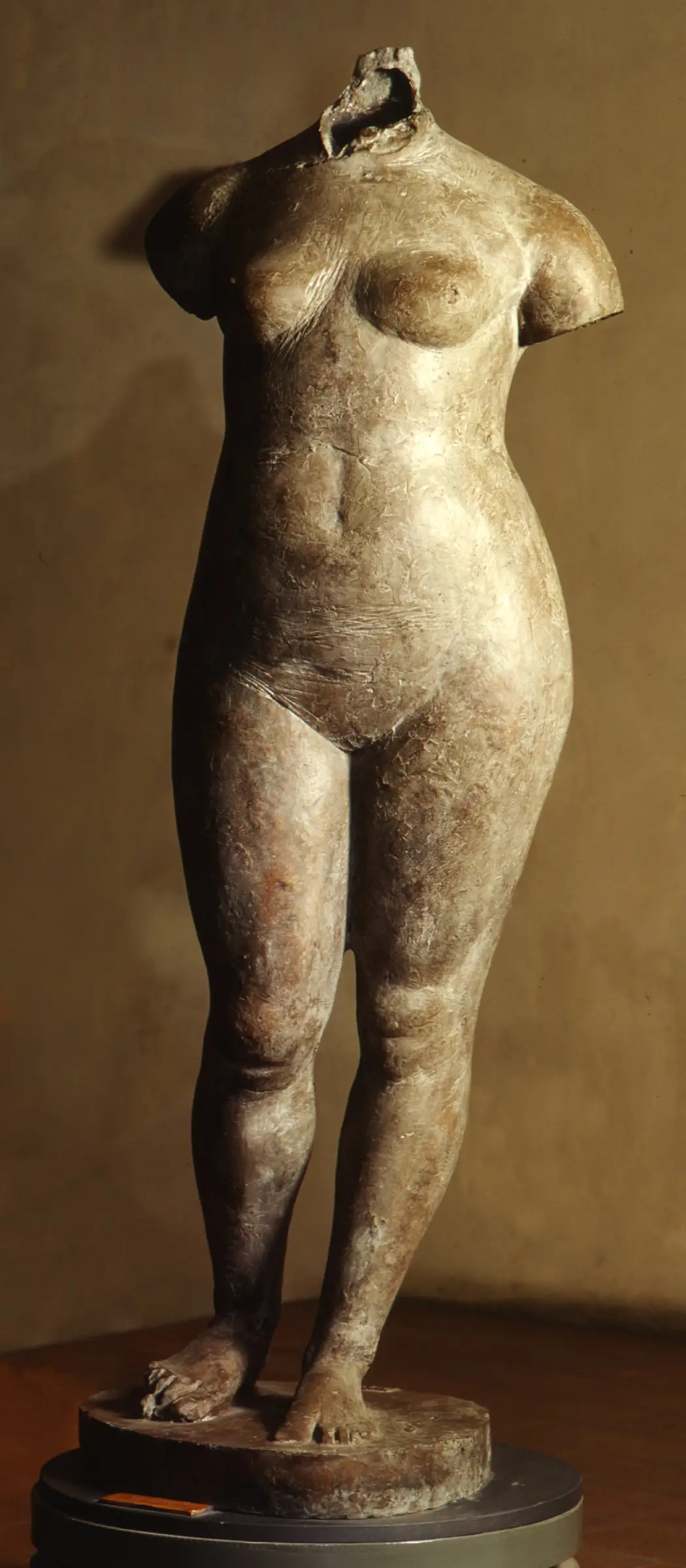
Date: 1941
Size: 160 cm
Location: San Pier Scheraggio
The Pomona sculpture at the Uffizi Gallery represents the Roman goddess of fruit and orchards. She’s shown as a graceful young woman holding fruit, symbolizing abundance and the beauty of nature. The statue has a calm and gentle expression, capturing the peaceful spirit of the goddess. It’s a lovely piece that highlights how the Romans celebrated nature through their art. If you’re visiting, take a closer look at the fine details—it’s a quiet but charming gem in the gallery.
Putto with Lightning Bolt
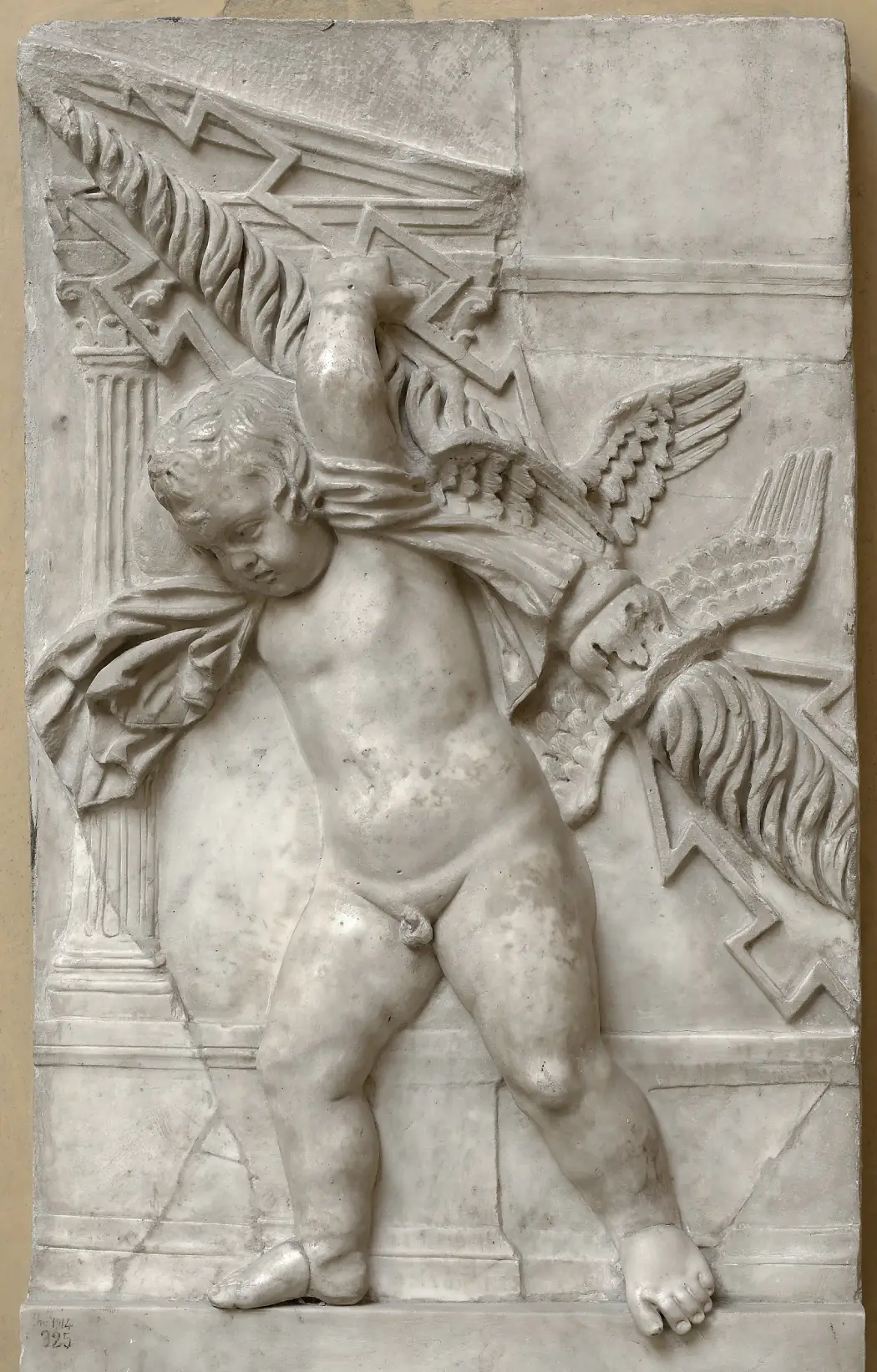
Date: Mid-first century A.D.
Size: 130 cm
Location: The Cabinet of Ancient Marbles
The Putto with Lightning Bolt is a charming little sculpture you can find at the Uffizi Gallery. It shows a playful child-like figure, known as a putto, holding a lightning bolt—something usually linked to powerful gods like Jupiter. This mix of innocence and strength makes the sculpture really interesting. It’s a fun and unusual piece that adds a lighter touch to the collection. Be sure to take a closer look—you might find it both cute and surprising at the same time!
Sleeping Eros
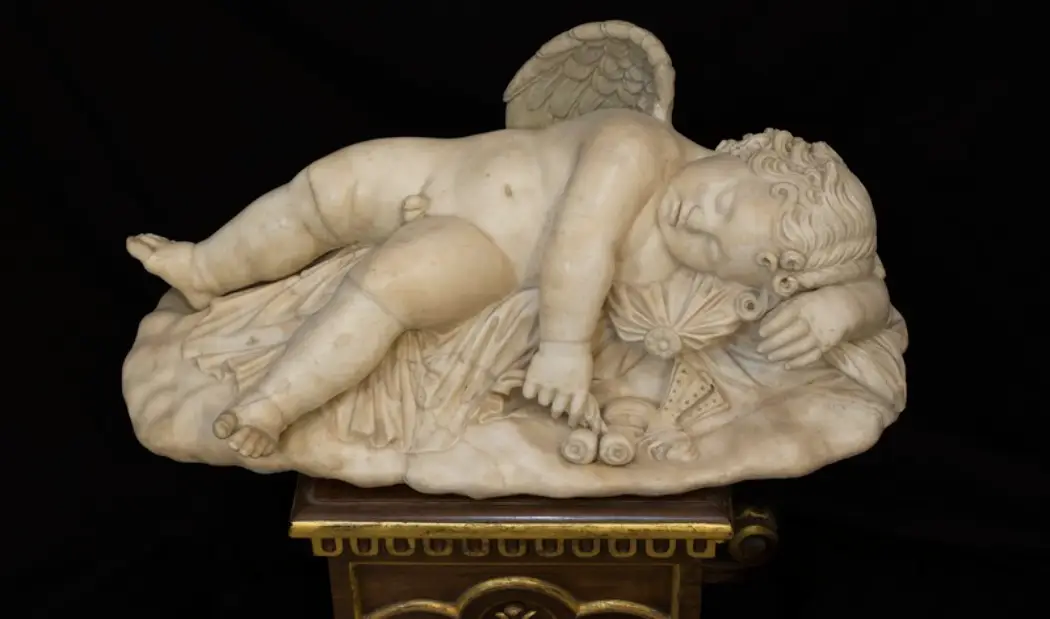
Date: 2nd century A.D.
Size: 32 cm
Location: A16.Tribune
The Sleeping Eros is a charming sculpture you’ll find at the Uffizi Gallery. It shows the young god of love, Eros, peacefully asleep, with his bow and arrows set aside. This gentle and tender scene is very different from the usual images of Eros in action, and it reminds us of the innocence and calm side of love. The delicate carving and lifelike pose make it feel as if he could wake up at any moment. It’s a quiet but beautiful piece that many visitors find surprisingly moving.
Sarcophagus, Marriage of Dioscuri and Leucippides

Date: 2nd century A.D.
Size: 56 cm
Location: Rooms 36-37
The Sarcophagus of the Marriage of Dioscuri and Leucippides is a beautifully carved Roman artwork you can find at the Uffizi Gallery. It shows the mythological wedding of the twin brothers Castor and Pollux (the Dioscuri) with the daughters of Leucippus. The scene is full of movement and emotion, with detailed figures that bring the ancient story to life. It’s a great example of how Romans used myths to decorate sarcophagi and celebrate themes like love, union, and heroism. Don’t miss the chance to admire its craftsmanship up close!
Apollino
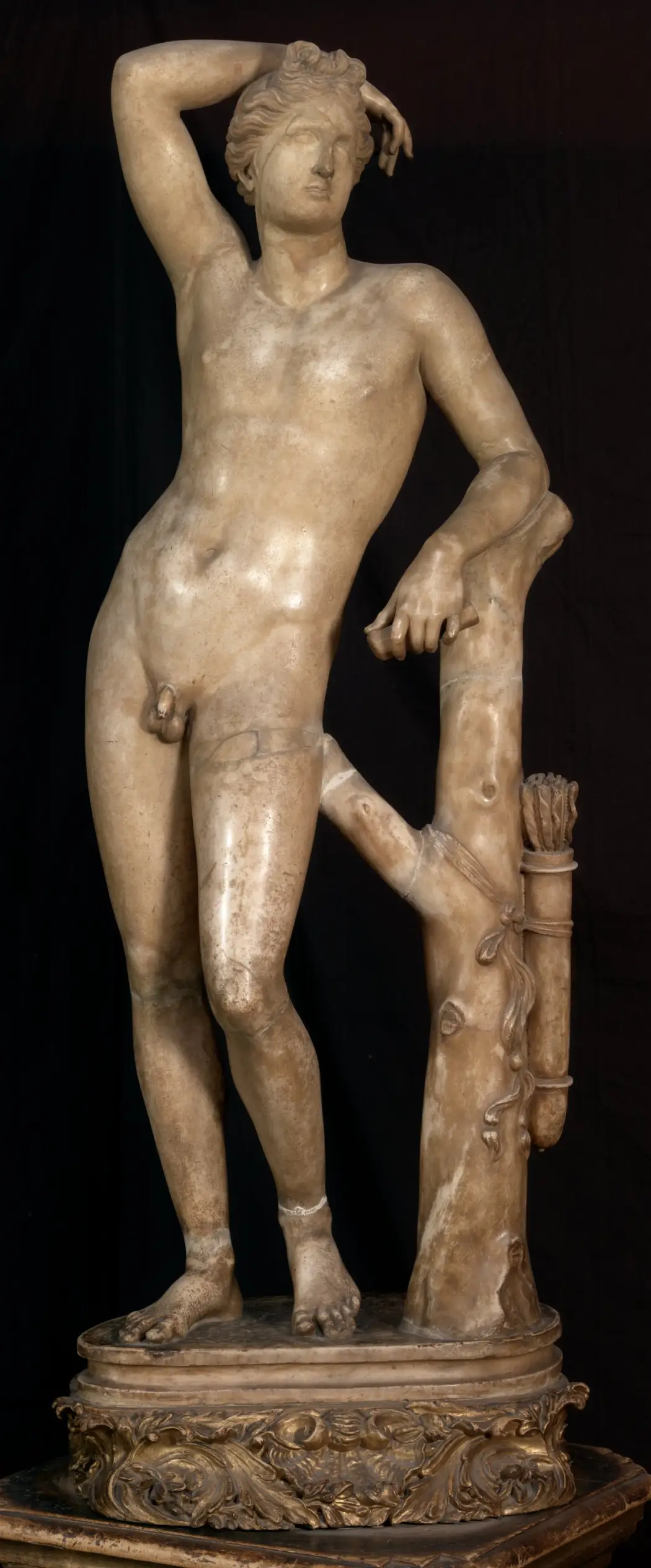
Date: 1st century A.D.
Size: 141 cm
Location: Room 18
The Apollino is a graceful marble statue of the God Apollo, and you can see it at the Uffizi Gallery. He’s shown as a young, elegant figure, standing in a relaxed pose that highlights his beauty and calm nature. This Roman copy of a Greek original was especially admired during the Renaissance for its perfect proportions and gentle expression. When you visit, take a moment to notice the smooth details and balance in the statue—it’s a great example of classical art that celebrates harmony and youth.
Boy with Thorn (also known as Spinario)
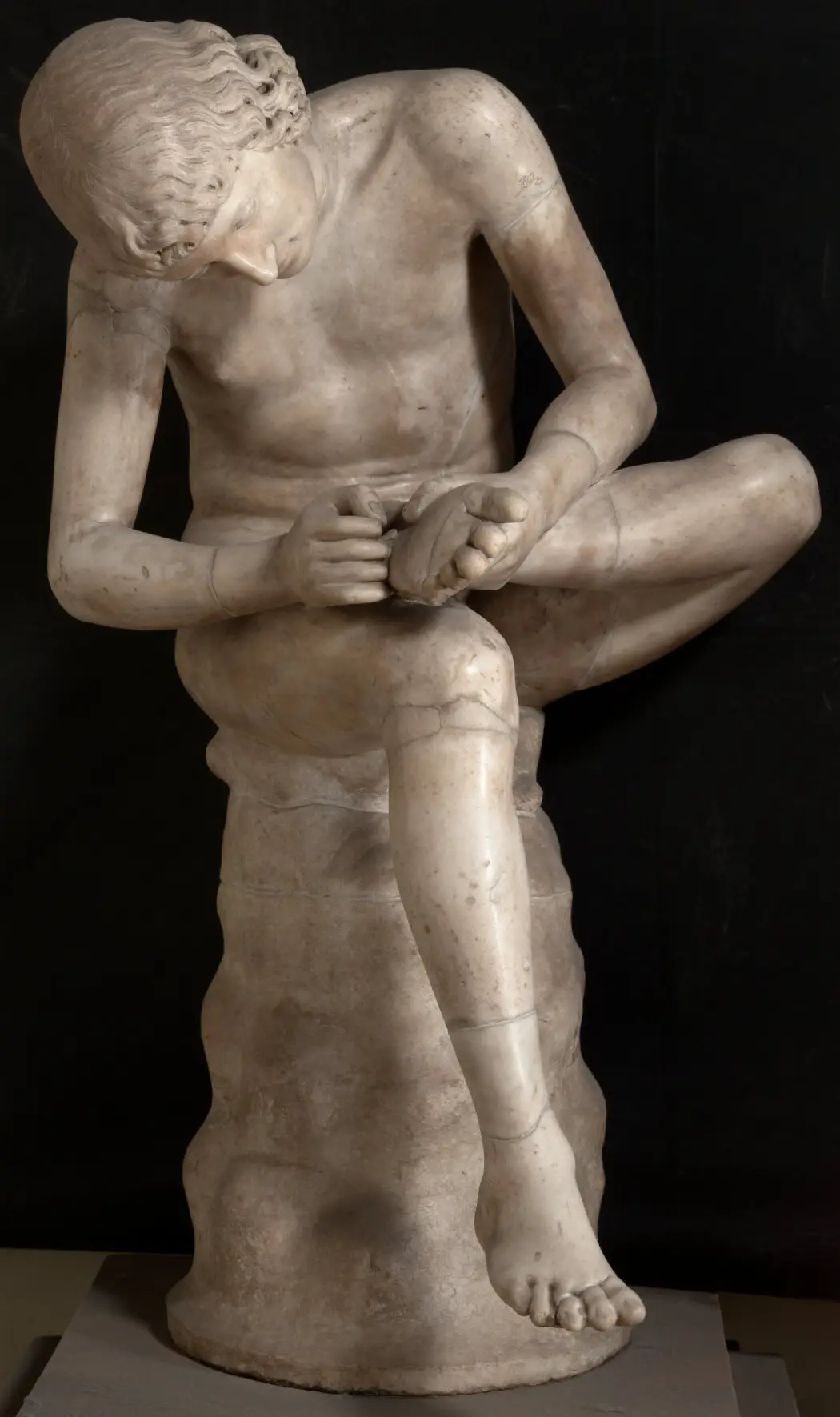
Date: 1st century A.D.
Size: 84 cm
Location: A37. The Cabinet of Ancient Marbles
The Boy with Thorn, also known as Spinario, is a charming and well-known sculpture you can see at the Uffizi Gallery. It shows a young boy sitting and carefully pulling a thorn from his foot. The pose is simple yet full of concentration and grace, capturing a quiet, everyday moment from ancient times. It’s a great example of how Roman art could turn ordinary scenes into something timeless and beautiful. Take a moment to walk around the statue—you’ll appreciate the lifelike details from every angle.
Portrait of Agrippa
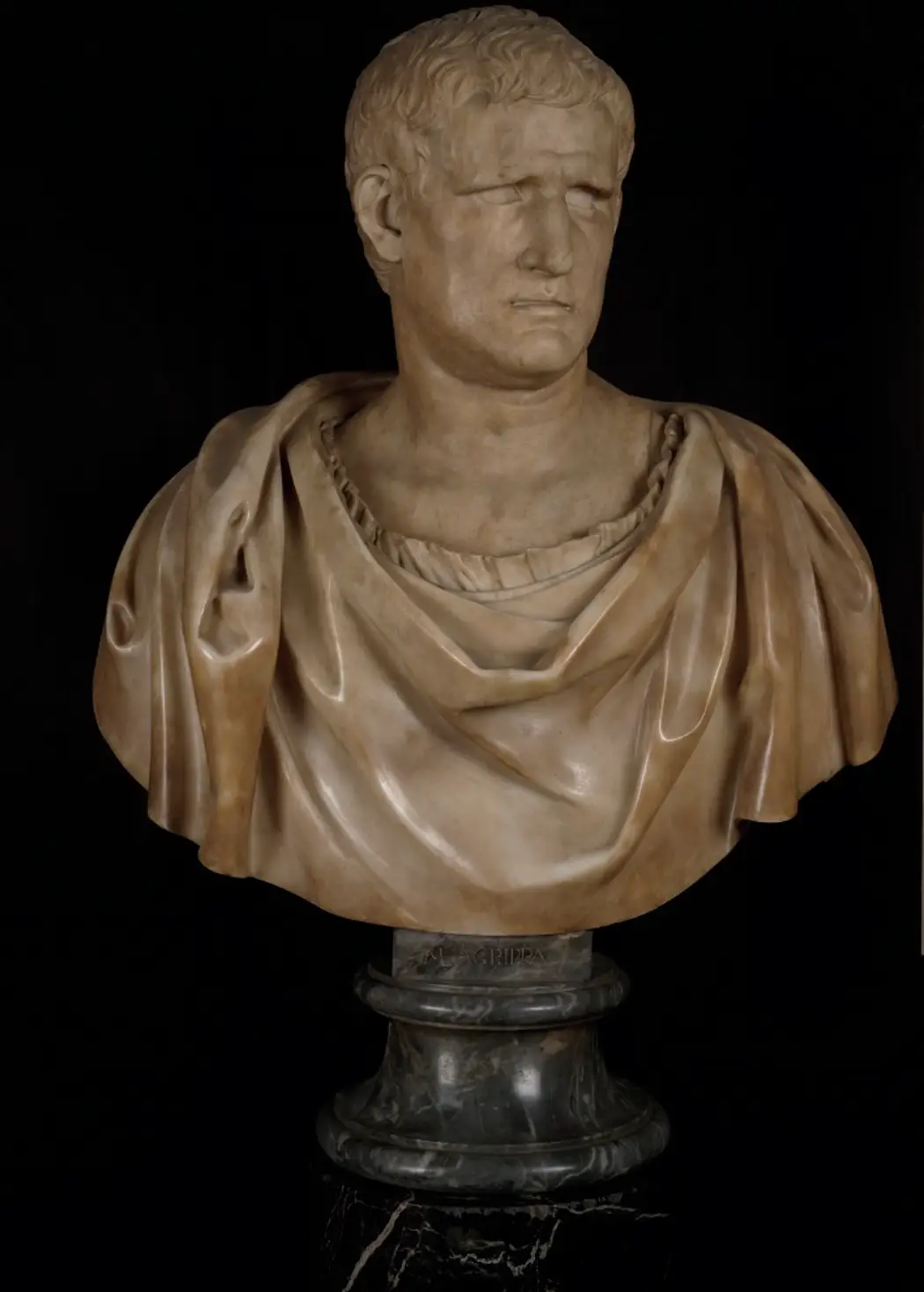
Date: 2nd part of 1st century A.D.
Size: 68 x 42 cm
Location: First Corridor (A2)
The Portrait of Agrippa is a powerful Roman sculpture you can see at the Uffizi Gallery. It shows Marcus Agrippa, a famous general and close friend of Emperor Augustus. His strong features and serious expression reflect his role as a skilled military leader and loyal advisor. This realistic portrait gives you a glimpse into how important figures were honored in ancient Rome. When you see it, take a moment to notice the lifelike details—it’s a great example of Roman portrait art at its finest.
Portrait of Nero
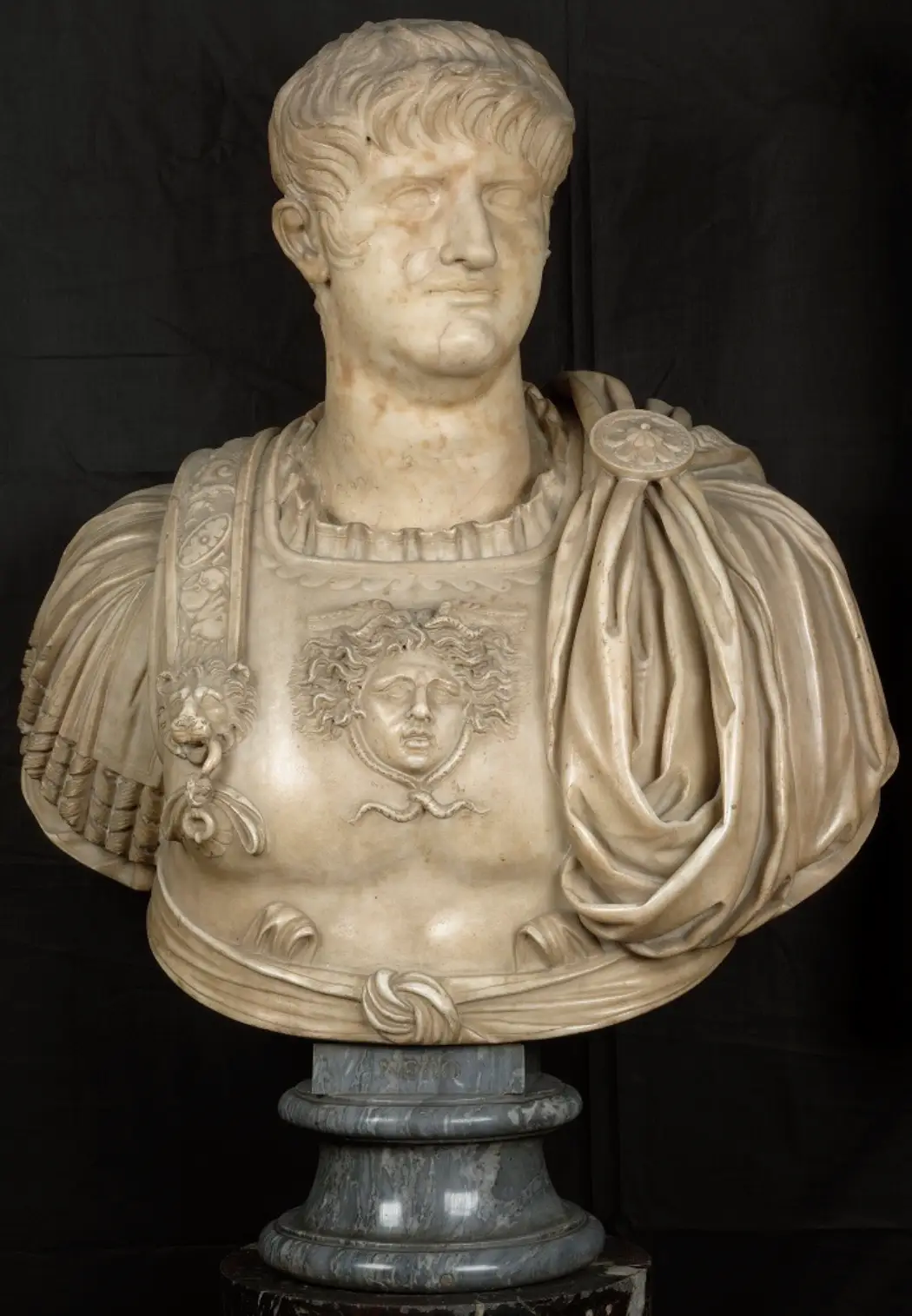
Date: Neronian Age (54-68 A.D.)
Size: 68 cm
Location: First Corridor (A2)
The Portrait of Nero is a fascinating sculpture you’ll see at the Uffizi Gallery. It shows the Roman Emperor Nero, known for his dramatic reign and strong personality. This portrait captures his distinctive features—like his round face and thick neck—which match historical descriptions of him. It’s interesting because it gives you a glimpse into how Roman emperors wanted to be seen by the public. When you stop by, take a moment to imagine the power and presence this statue once symbolized in ancient Rome.
